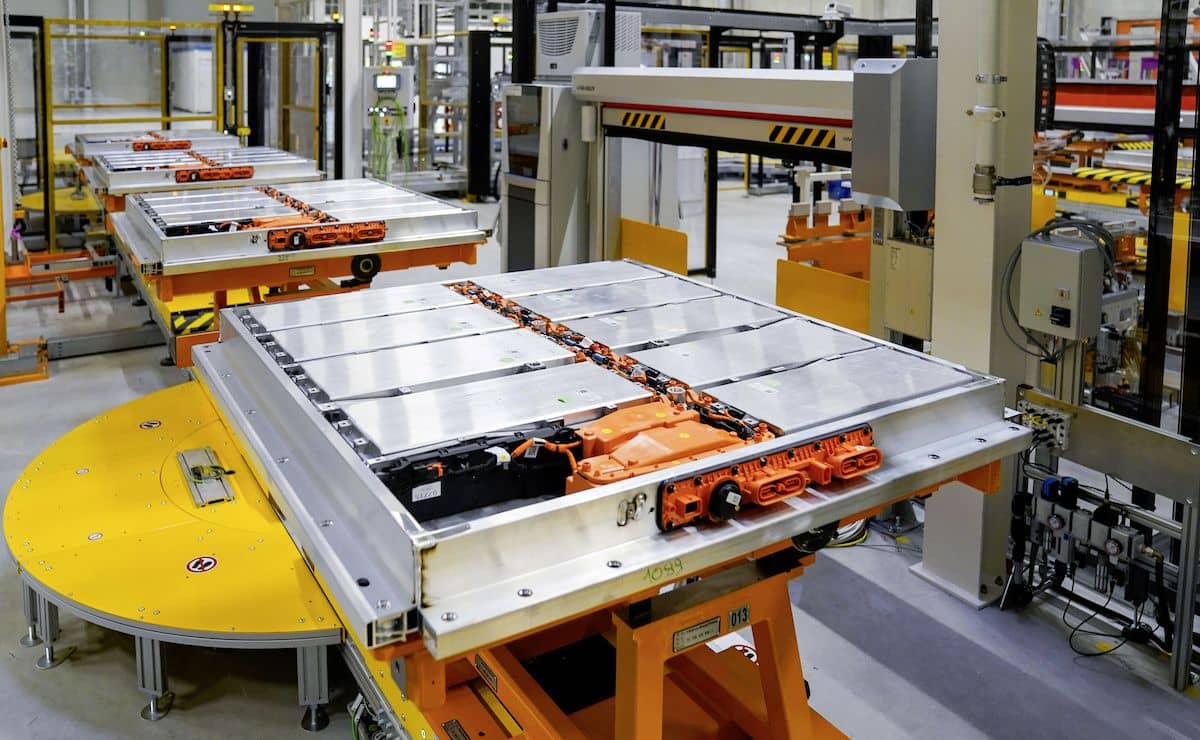It takes enormous efforts for the improvement of the utilization rate of volume about battery pack, from the design of outer case for battery cell (cylindrical vs. prismatic / blade type vs. pouch), to the unified design of packs and bodywork and chassis. Certainly, technology needs holistic consideration, including the stability of process, safety, convenience of repairing, and durability, which challenge the implementation of verification from R&D personnel. No matter which technology of integration becomes mainstream in the future, or even go with multiple approaches , I assumed that it won’t be clear until 2025 or later.

The power source of BEVs – battery packs… one of its main performance index is the capacity. In addition to the R&D of battery cells that is focused on by the mass, there is the volume utilization of the battery packs (the maximum amount of battery cells in the limited space of single car). The mainstream design nowadays is placing the batteries underneath the chassis, and the packing is to integrate multiple small cells into a module, then integrate multiple modules into packs, and to place cooling tubes and BMS at the same time. This assembly process began with revolutionary change in recent years, which utilizes the CTP (Cell to Pack) way to complete battery packs directly with battery cells, that cancelled the procedure of modular packaging, to improve the volume utilization in the chassis. Furthermore, battery manufacturers and carmakers work together in R&D, to introduce CTC (Cell to Chassis) that integrates battery cells, chassis, lower-half of the bodywork, cancelling the procedure of battery packaging, which improves the volume utilization to another level. Half a month ago, the leading BEV brand in China – BYD upgrade the technology to CTB (Cell to Body) that integrates battery cells and the bodywork, which makes the volume utilization up to 66%, that is at least 10% more compared with the level of CTP. The benefits of CTB are more than this… it also outperforms ICE cars in torsional rigidity, and the safety of frontal crash and side crash due to batteries being a part of the bodyworks. Based on the theoretical comparison, it looks like that CTB is better than CTC, and CTC is better than CTP. However, other non-theoretical consideration might be the biggest variable of interface design for battery cells, bodywork, and chassis…
- CTP is the maximum level of self-developing works by battery manufacturers “independently”, which takes not much works for the interface of bodywork and chassis with carmakers, and this is the approach that CATL, the world’s largest battery manufacturer, focused on, and did not rush to develop CTC or CTB.
- The R&D works of CTC and CTB need the collaboration of battery manufacturers and carmakers, which involved the cooperative relationships between “OEMs” and “suppliers” (even major battery manufacturers are still suppliers for carmakers). The design of chassis or bodywork has always been regarded as the core technology of a car by carmakers; Facing the change of new automotive technology in the future, apart from BYD, that makes batteries by itself, Volkswagen’s new SSP electric car platform, and the dominating Elon Musk from Tesla, how many carmakers will share their core technologies with suppliers to improve the utilization rate of the volume of battery packs? But anyway, in the era of new technologies in the future, there are quite a few key items hard to be controlled by traditional carmakers, including batteries, autonomous driving systems, smart cockpit functions, and high-end chips. That is to say, the dominance of carmakers in the traditional supply chain will be dispersed; Therefore, maybe they should joint-venture with battery manufacturers on battery packs design, to become the so-called “Tier 0.5” partnership, so that the risk of leakage of core technologies can be solved. This is the typical example of the blurring boundaries between carmakers and technology industries in the future.